UPDATE !! UPDATE !! UPDATE !! UPDATE !!New fresh install instructions based on the new RASPBIAN Jessie: Raspberry PI2 + Thingspeak Server on RASPBIAN Jessie
————————————————————————————————-
Original Article
As you might read already in my previous ESP8266 Battery Monitor System post I was using Thingspeak.com, because of it’s flexibility, as a logger for live data uploading.
In the latest week I was exploring deeper Thigspeak capabilities.
As you know, Thinspeak.com it’s a open source project, and you have full access to the project sources on Github
What I was interested for was to check the possibility to build/configure and use a standalone Thingspeak Server that can run independently of Internet infrastructure on a small footprint, low power consumption platform.
The interesting part regarding the Thingspeak Server deployment is the chosen platform, the new RASPBERRY PI 2 Board!
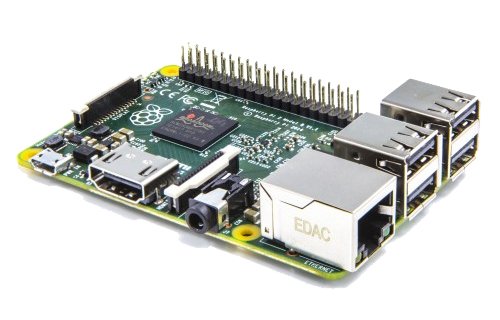
I will present you below the step-by-step process to install your own RPI Thingspeak Server that can be tailored on your own needs and ofcourse, not affected by Internet connection availability and uptime if installed in the same physical location/LAN as your ESP8266 BMS or any sensor grid/array you might want to use with!
1. Install a Raspberry Pi Operating System image on SD card
- Download the Raspbian image from RPI website
- Write image to SDCard
For more details please read RPI Install Guide
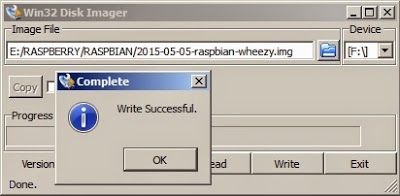
2. First RPI RUN with the new SDCard:
- Inset card in RPI2
- Boot
- From raspi-config:
– Set to use entire SDcard space
– Set hostname: RPIMON1
– Enable SSH Server
– Write down your new RPI IP: 192.168.2.xx
- Reboot for apply new hostname & settings
pi@RPIMON1~$ sudo reboot
3. System Update & required packages install
- Switch over to SSH remote access with Putty – accept new key
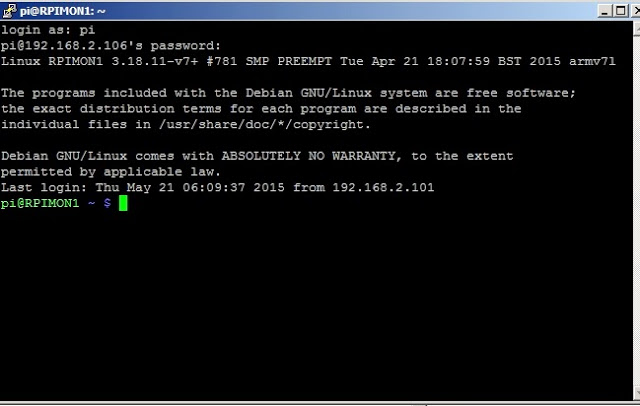
- Change “pi” account password:
pi@RPIMON1~$passwd
- Set ROOT password, so you can then use root (just for very, very special things!)
pi@RPIMON1~$sudo passwd root
- System Update & upgrade :
pi@RPIMON1~$sudo apt-get update
pi@RPIMON1~$sudo apt-get upgrade
pi@RPIMON1~$sudo apt-get dist-upgrade
pi@RPIMON1~$sudo sync
- Reboot:
pi@RPIMON1~$ sudo reboot
- Required packages:
pi@RPIMON1~$sudo apt-get -y install build-essential git mysql-server mysql-client
libmysqlclient-dev libxml2-dev libxslt-dev libssl-dev libsqlite3-dev
4. MySQL Database configuration
pi@RPIMON1~$mysql –user=root mysql -p useyourpasswd here
pi@RPIMON1~$mysql> CREATE USER ‘thing’@’localhost’ IDENTIFIED BY ‘speak’;
pi@RPIMON1~$mysql> GRANT ALL PRIVILEGES ON *.* TO ‘thing’@’localhost’ WITH GRANT OPTION;
pi@RPIMON1~$mysql> commit;
pi@RPIMON1~$mysql> exit;
5. Ruby & Rails install
pi@RPIMON1~$wget http://cache.ruby-lang.org/pub/ruby/2.1/ruby-2.1.5.tar.gz
pi@RPIMON1~$tar xvzf ruby-2.1.5.tar.gz
pi@RPIMON1~$cd ruby-2.1.5
pi@RPIMON1~$./configure
pi@RPIMON1~$make
pi@RPIMON1~$sudo make install
pi@RPIMON1~$cd ..
pi@RPIMON1~$echo “gem: –no-rdoc –no-ri” >> ${HOME}/.gemrc
pi@RPIMON1~$sudo gem install rails
6. THINGSPEAK SERVER INSTALL
pi@RPIMON1~$git clone https://github.com/iobridge/thingspeak.git
pi@RPIMON1~$cp thingspeak/config/database.yml.example thingspeak/config/database.yml
pi@RPIMON1~$cd thingspeak
pi@RPIMON1~$bundle install
pi@RPIMON1~$bundle exec rake db:create
pi@RPIMON1~$mysql –user=root mysql -p
pi@RPIMON1~$mysql> show databases;
pi@RPIMON1~$mysql> exit;
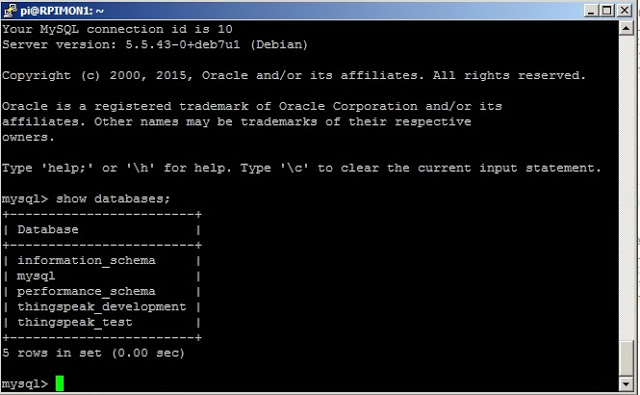
IF all OK continue with loading Thingspeak DB configuration
pi@RPIMON1~$bundle exec rake db:schema:load
RUN the THINGSPEAK SERVER:
pi@RPIMON1 ~/yourthingspeak $ rails server webrick
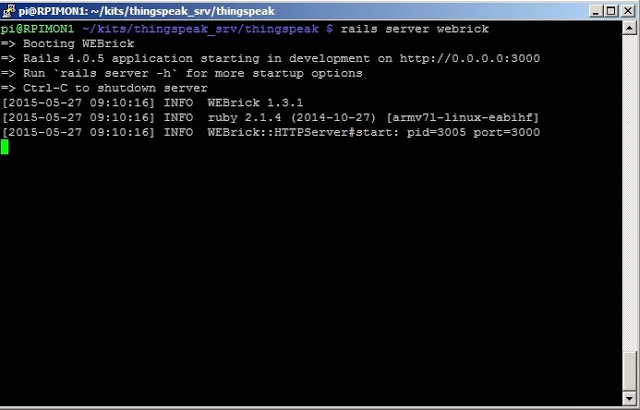
And the result in Browser:
 |
| Running Thingspeak on RPI Board |
Create new Thingspeak USER:
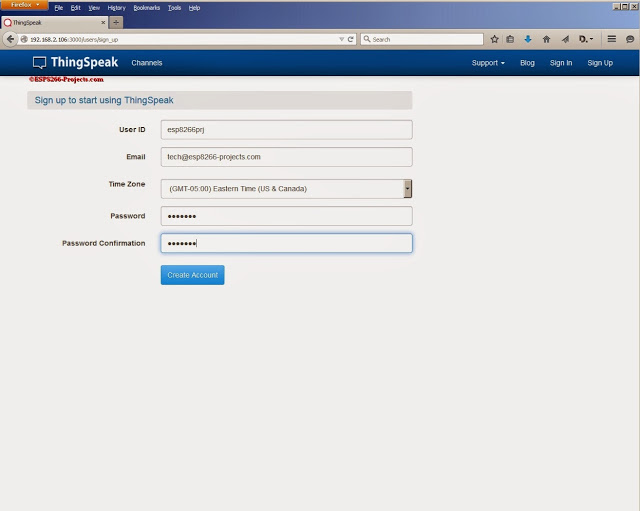
| Thingspeak Signup page |
Create new CHANNEL
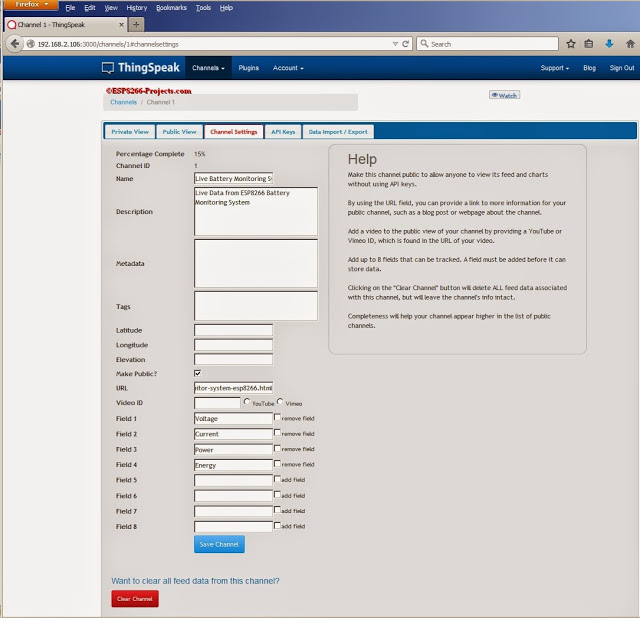 |
| Create new channel for ESP8266 BMS data upload |
Live Data update:
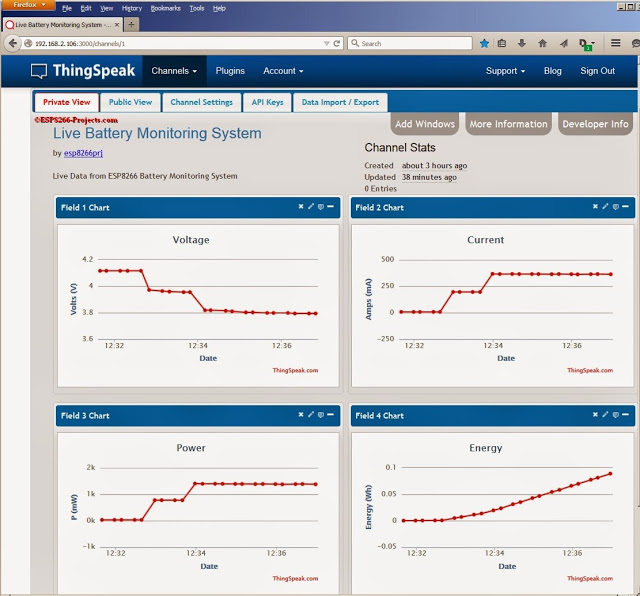 |
| ESP8266 BMS – Live data upload |
UPDATE !! UPDATE !! UPDATE !! UPDATE !!
New fresh install instructions based on the new RASPBIAN Jessie: Raspberry PI2 + Thingspeak Server on RASPBIAN Jessie
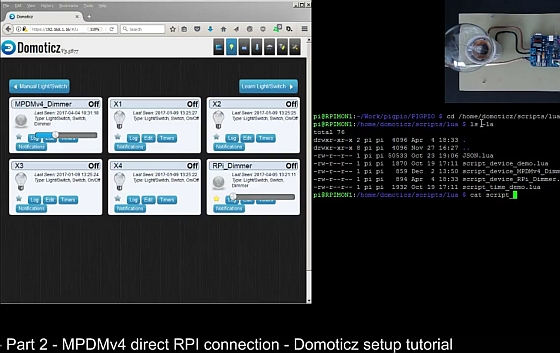
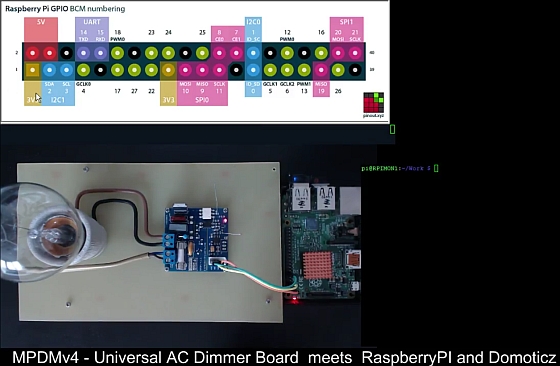
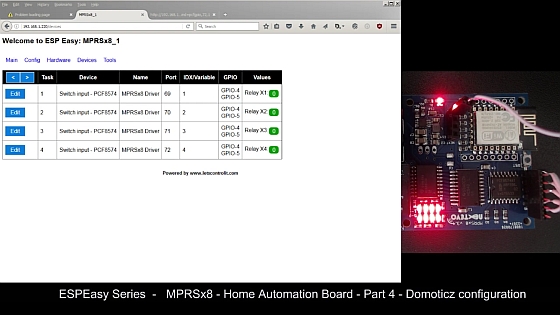
1 Comment
Setup thingspeak server on clean ubuntu 16.04.3 on free vmware [17/2/2018] | Tech Brat · February 20, 2018 at 5:32 pm
[…] Raspberry PI – Standalone Thingspeak Server installation […]